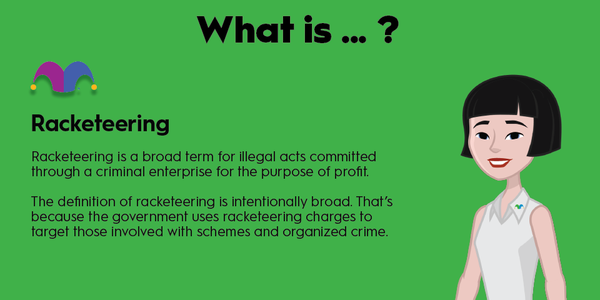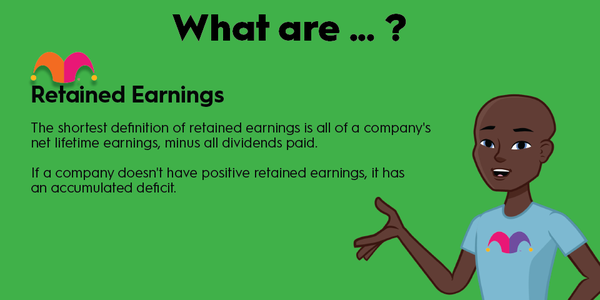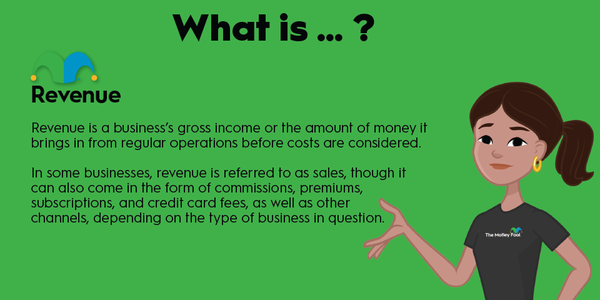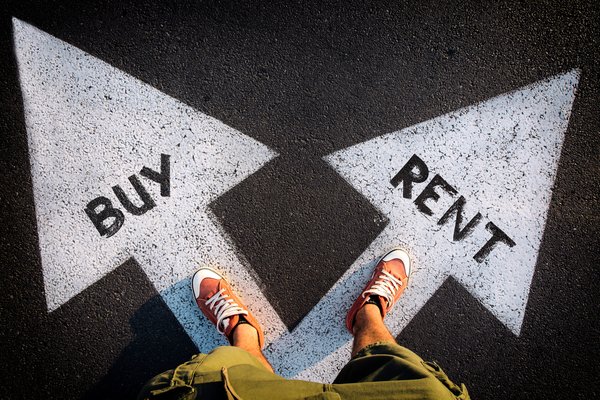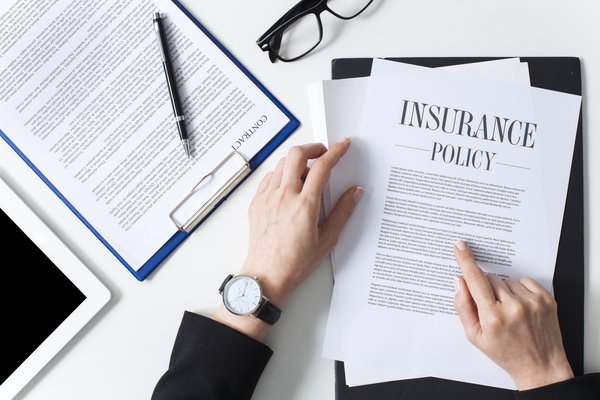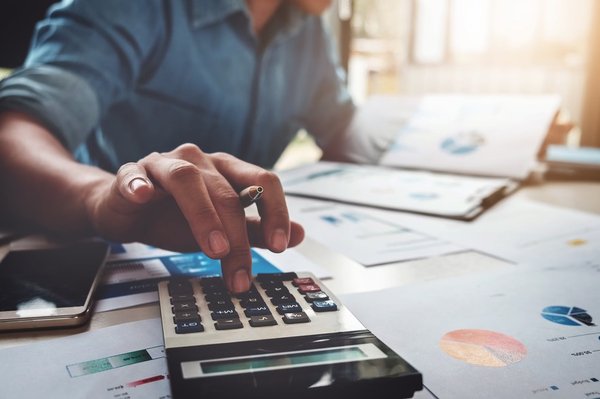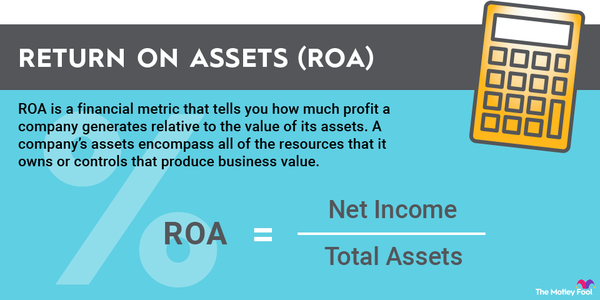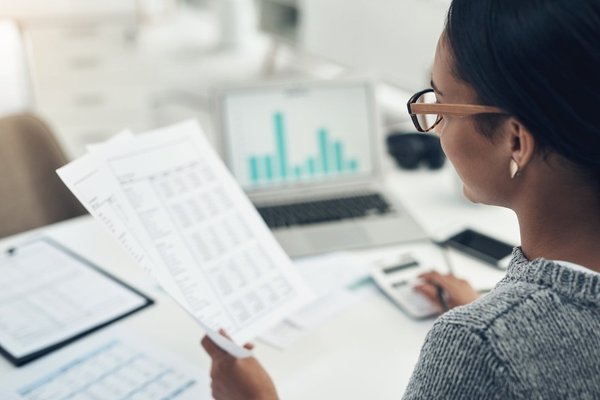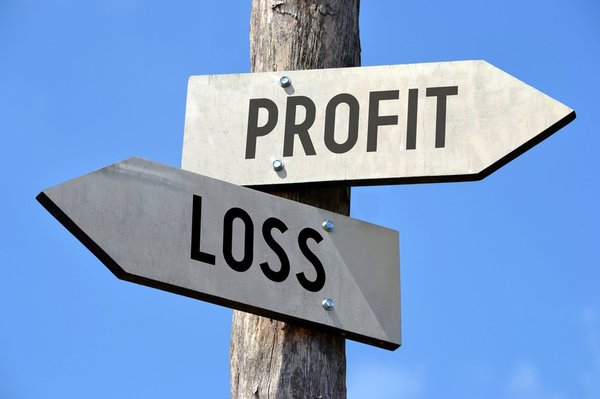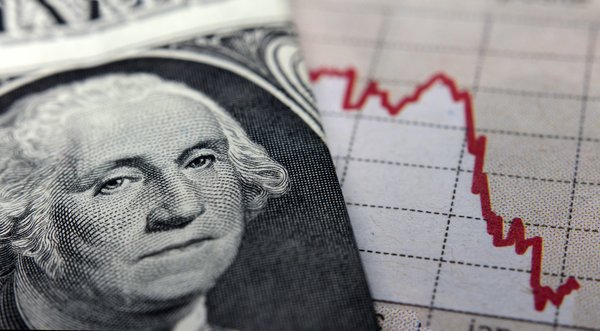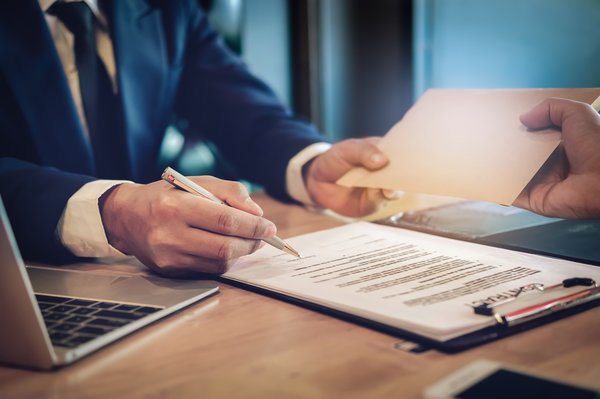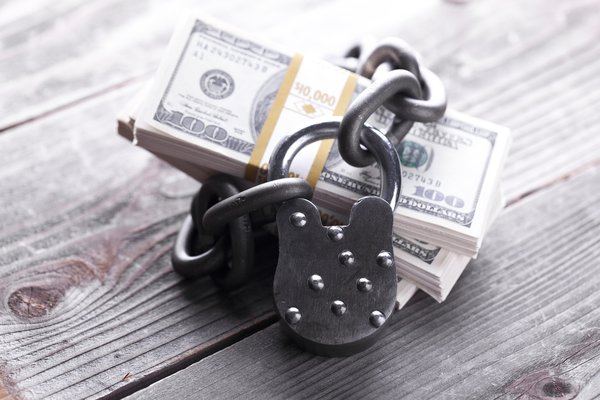Revolving credit is just one type of credit available to both consumer and business borrowers. Knowing what revolving credit is and how it works can help you make better financial decisions and strategize to improve your credit over the longer term. It also helps to know what you're buying into when you're investing in banks and other financial institutions that lend money.

Definition
What is revolving credit?
Revolving credit is a type of credit line that you can charge up, pay off, and repeat indefinitely as long as you stay within the agreements of the credit line. This type of credit is common in America because of its flexibility, allowing both consumers and businesses to bridge financial gaps with little stress or strain when the unexpected happens or make large purchases and pay them back over time.
Revolving credit can be secured, like with a home equity line of credit (HELOC), or unsecured, like with a credit card. Businesses can also have secured and unsecured revolving credit lines. In any case, there is no limit to how you can use them, but it is ideal to keep under 30% of the credit line tied up at any one time. This will give you the best bang for your buck on your credit score.
How it works
How does revolving credit work?
A revolving line of credit does exactly what it sounds like it does -- it revolves. When you pay off part of that credit line, it becomes available to use again as you wish, with a cap on the maximum amount of money you can borrow at any given time.
For example, if you have a credit card with a $5,000 credit line, you can go out and charge a new bicycle that's $2,500 and still have $2,500 to use if you need to, say, for a bike rack or some cool new gear. Although you shouldn't often charge so much on a revolving credit line at once, this is exactly what it's for -- covering large purchases over an extended period.
Alternatively, you can also use a revolving credit line to cover funding gaps for your business. So, if you have a business credit line that revolves, you can tap it during seasonal lulls to help cover things like supplies when cash flow is low. Again, the goal (in a perfect world) is to keep the credit balance to less than 30% of the credit line.
Revolving credit vs. installment loans
Revolving credit vs. installment loans
The opposite of revolving credit is an installment loan. With an installment loan, you borrow the money you need, and the credit line is then immediately closed. You can only pay it down to zero, and you can't use it again, no matter how much you pay off.
Common installment loans include personal loans and vehicle loans; each is an example of an unsecured and secured loan, respectively. Unlike revolving credit, installment loans don't expect you to keep most of the line free most of the time -- you're expected to start off with the entire line maxed out and pay it down over time.
Related investing topics
Why it matters
Why does revolving credit matter to investors?
Understanding revolving credit is important to people who invest in bank stocks, as well as people investing in companies that utilize credit frequently as leverage. Knowing what those companies are actually doing when they're revolving vs. taking out an installment loan can help you better understand their strategies, as well as the reasoning behind their choices.
Understanding why a bank might prefer to write installment loans rather than offering revolving credit can also make more sense of those decisions. Installment loans obviously have less risk involved since they are a one-and-done situation. Revolving credit lines should be secured and only go to the best borrowers for optimum results. When revolving credit lines aren't secured and are going to less-than-perfect borrowers, you'll see the interest rates increase to offset the risk.


